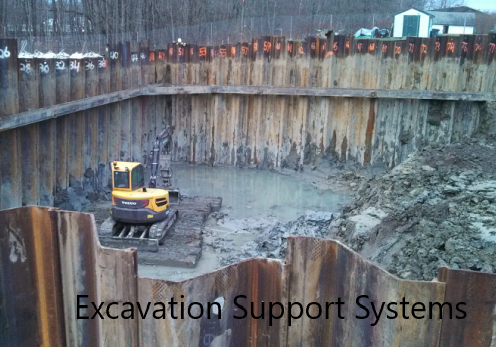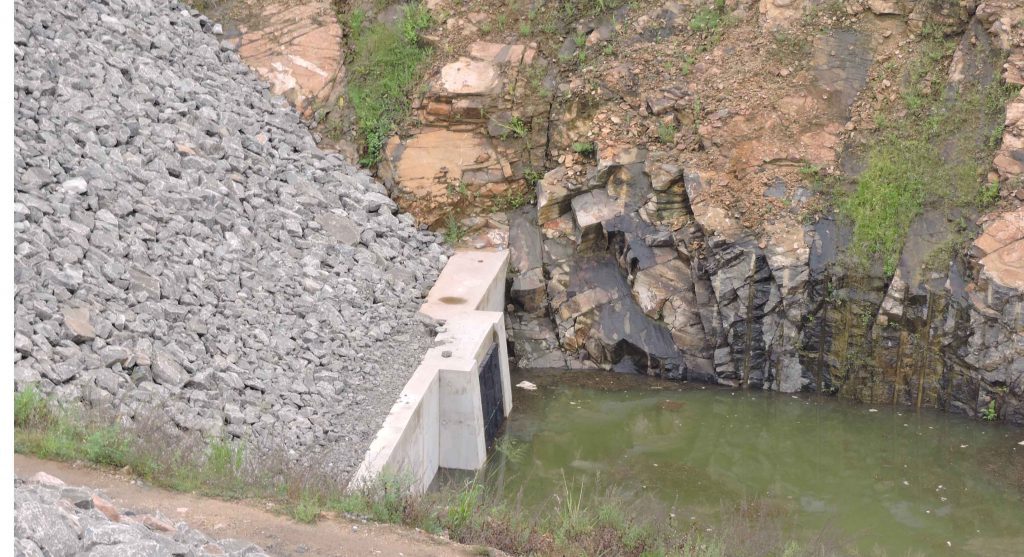There are different types of gravity retaining walls that are categorized based on the load transfer mechanism, type of materials used for construction, construction procedure, etc. The type of retaining structures can be categorized under seven main categories.
- Gravity Retaining Walls
- Semi-Gravity Retaining Walls
- Cantilever Retaining Walls
- Counterfort Retaining Walls
- Buttressed Retaining Walls
- Sheet Pile Retaining Walls (cantilever and anchored)
- Miscellaneous Types (Diaphram walls, Gabion Walls and Crib walls)
Design aspects of the gravity retaining walls are discussed in this article. Gravity retaining walls are constructed with mass concrete and they have massive volume as it required to maintain stability.

In general, vertical and horizontal forces are acting on the retaining wall based on the ground conditions. Based on the forces acting on the retaining walls, they are check for overturning, sliding and bearing.
Generally, low-grade concrete is used for the construction of retaining walls as a measure to avoid thermal cracking in the immature concrete. Special attention shall be made during the mix design is done to minimize the heat of hydration.
Semi-gravity retaining walls are constructed to reduce the size of the wall or the mass of the concrete. A small portion of reinforcement is added to economize the retaining wall. Reinforcement is increased further to reduce the section dimensions of the retaining wall.
When the height of the retaining significant and if gravity walls are constructed the cost of the construction will be considerably high. However, this can be balanced by reducing section dimensions and increasing the reinforcement area. This has to be done as an optimization process.


